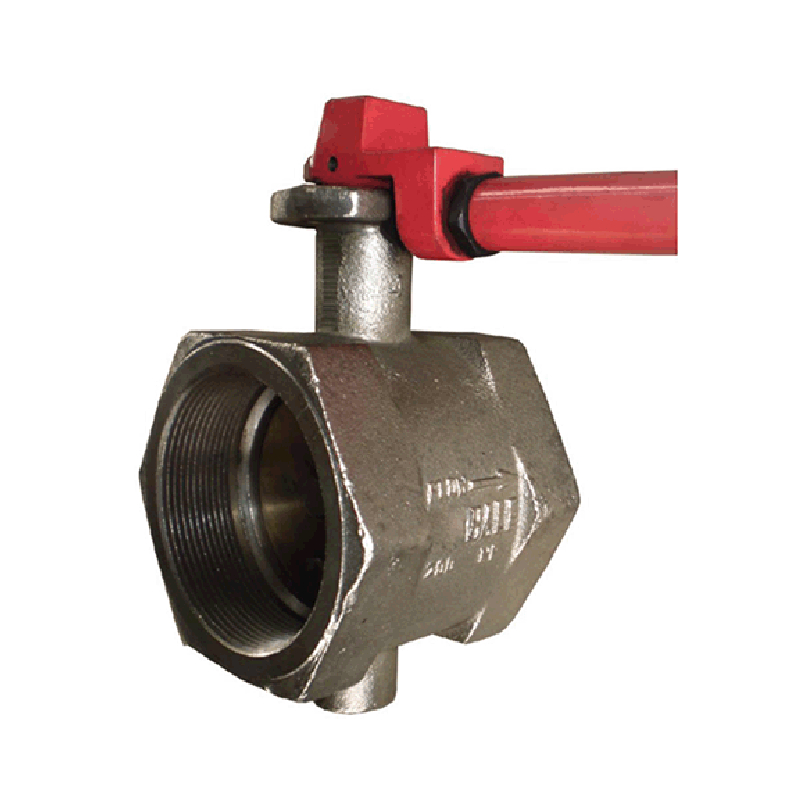10 月 . 18, 2024 13:06 Back to list
Understanding the Functionality and Applications of 3-Way Globe Valves in Fluid Control
Understanding 3-Way Globe Valves Applications and Advantages
In the realm of industrial fluid control systems, valves play a crucial role in regulating the flow of liquids and gases. Among the various types of valves available, the 3-way globe valve stands out for its versatility and effectiveness. This article delves into the structure, functionality, and applications of 3-way globe valves, as well as their advantages over other types of valves.
What is a 3-Way Globe Valve?
A 3-way globe valve is a type of valve that has three ports one inlet and two outlets or vice versa. It operates based on the globe valve design, which features a spherical body that allows for smooth fluid flow and efficient control. The key characteristic of a globe valve is its linear motion mechanism, which typically involves a disc that moves up and down within the valve body. This design enables precise throttling and flow regulation, making it particularly suitable for applications where exact flow control is essential.
The configuration of a 3-way globe valve can vary. It can be designed to either mix or divert fluids. In a mixing scenario, the valve combines two inlets into a single outlet, effectively blending the fluids before they reach their destination. In a diverting application, it directs the flow from one inlet to one of the two outlets, thus effectively controlling the flow path in a system.
Applications of 3-Way Globe Valves
3-way globe valves are widely utilized across various industries due to their adaptability and reliability. Some common applications include
1. Chemical Processing In chemical plants, precise flow control is vital to ensure the right proportions of reactants are mixed. 3-way globe valves can handle corrosive substances, making them suitable for a range of chemical reactions.
2. Water Treatment In water treatment facilities, these valves help manage the flow of water during different treatment stages, including mixing chemicals or redirecting flows to various treatment ponds.
3. HVAC Systems In heating, ventilation, and air conditioning (HVAC) systems, these valves are employed to regulate the flow of water or steam to achieve desired temperatures and improve energy efficiency.
3 way globe valve

5. Power Generation In power plants, these valves can manage steam or other fluids, providing control over energy generation processes.
Advantages of 3-Way Globe Valves
The 3-way globe valve offers several advantages that make it a preferred choice in many applications
1. Precise Flow Regulation The design of the globe valve allows for excellent throttling capabilities. This is particularly important in processes where flow rates need to be finely adjusted.
2. Versatility With the ability to mix or divert flows, 3-way globe valves provide versatility in system design. This makes them suitable for various configurations in a single system.
3. Reduced Pressure Drop Compared to other types of valves, globe valves typically have a lower pressure drop when fully open, enabling a more efficient flow of fluids.
4. Durability Constructed from robust materials, 3-way globe valves can withstand harsh operating conditions, including high pressures and temperatures, as well as corrosive environments.
5. Ease of Maintenance Globe valves are generally easy to maintain due to their straightforward construction. Routine maintenance can often be conducted without removing the valve from the system.
Conclusion
The 3-way globe valve is an essential component in the landscape of industrial fluid control systems. Its unique design and operational capabilities make it ideal for applications requiring precise flow regulation and versatility. As industries continue to innovate and seek enhanced efficiency, the significance of reliable control valves like the 3-way globe valve will undoubtedly grow. Understanding these valves' function and characteristics is crucial for engineers, technicians, and industry professionals aiming to optimize their fluid handling systems. In summary, the 3-way globe valve exemplifies the balance between performance and flexibility, solidifying its place as a key player in modern industrial processes.
Share
-
Understanding the Differences Between Wafer Type Butterfly Valve and Lugged Butterfly ValveNewsOct.25,2024
-
The Efficiency of Wafer Type Butterfly Valve and Lugged Butterfly ValveNewsOct.25,2024
-
The Ultimate Guide to Industrial Swing Check Valve: Performance, Installation, and MaintenanceNewsOct.25,2024
-
Superior Performance with Industrial Swing Check Valve: The Essential Valve for Any SystemNewsOct.25,2024
-
Industrial Swing Check Valve: The Ideal Solution for Flow ControlNewsOct.25,2024
-
You Need to Know About Industrial Swing Check Valve: Functionality, Scope, and PerformanceNewsOct.25,2024